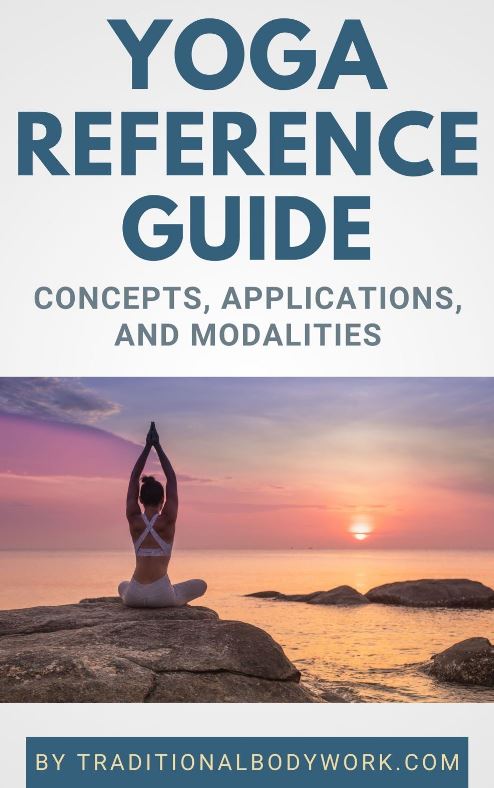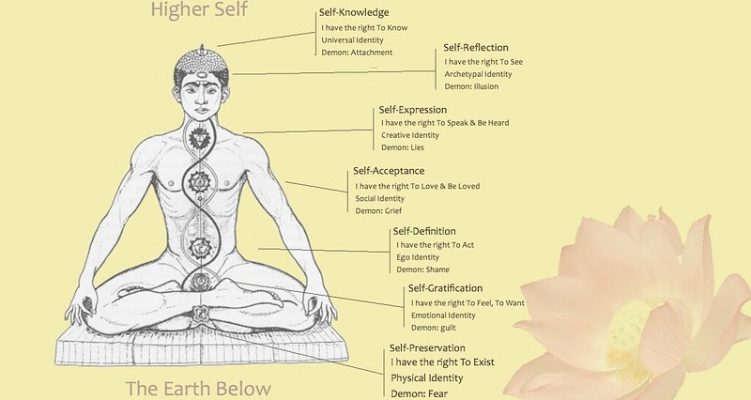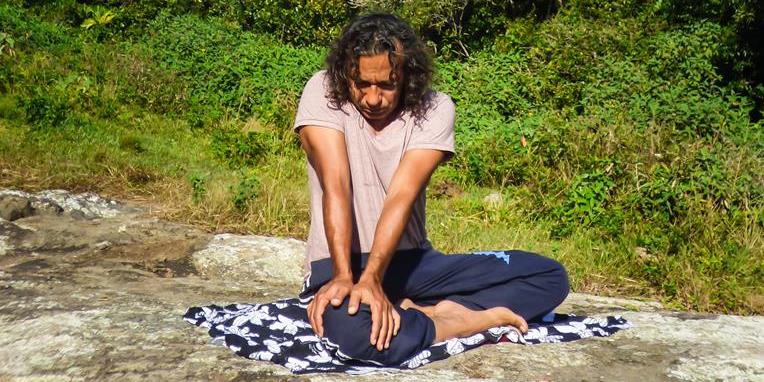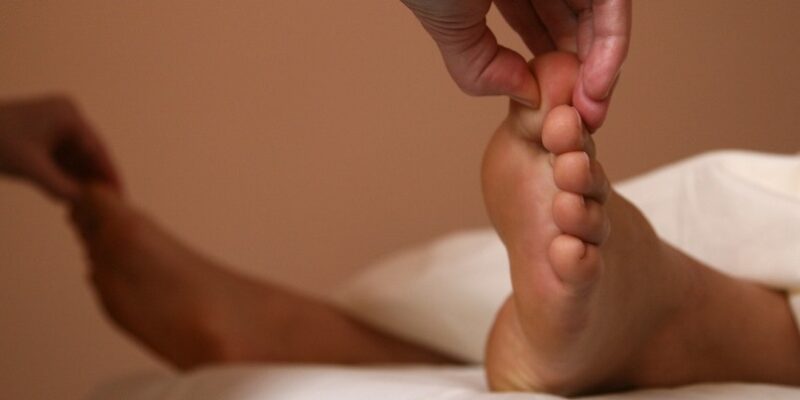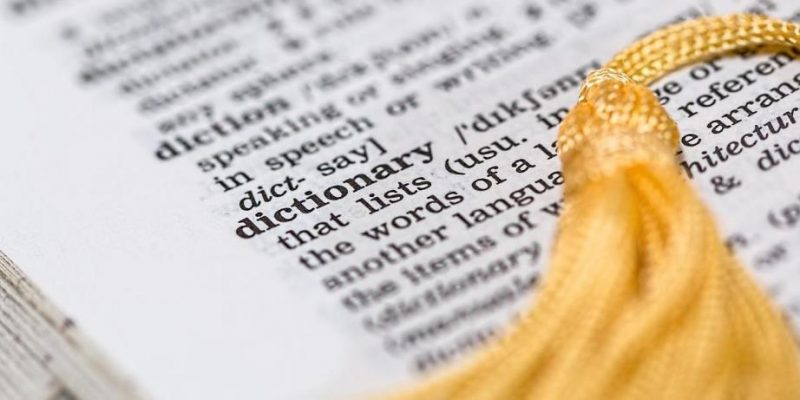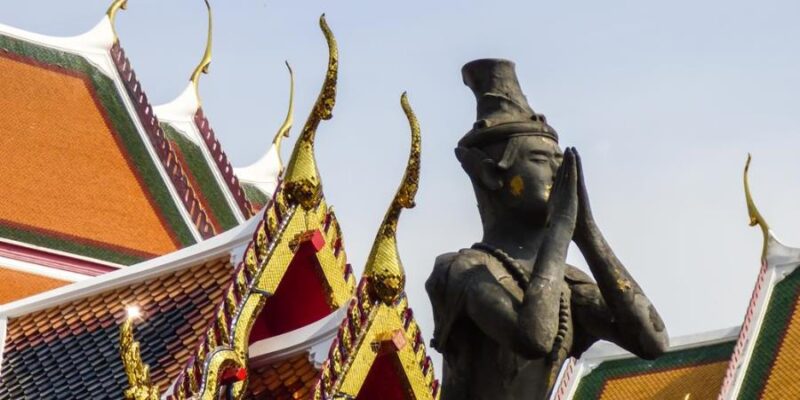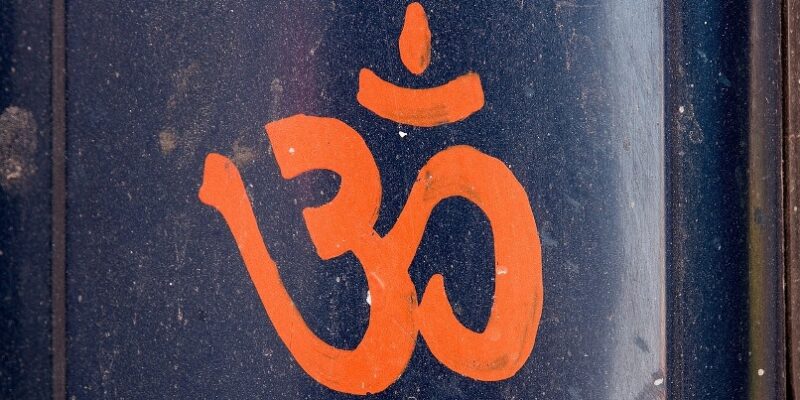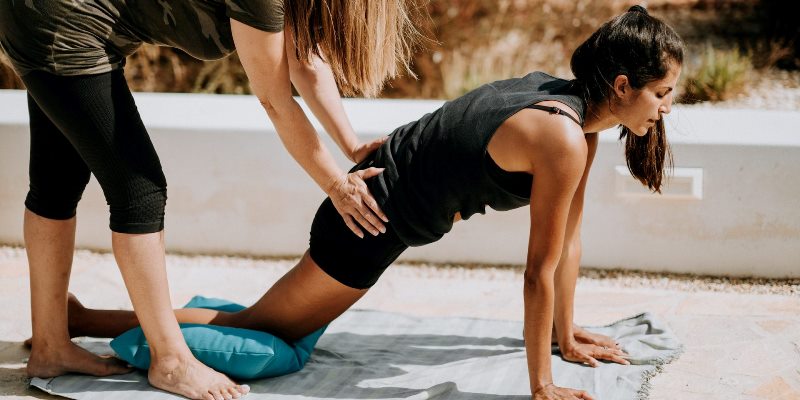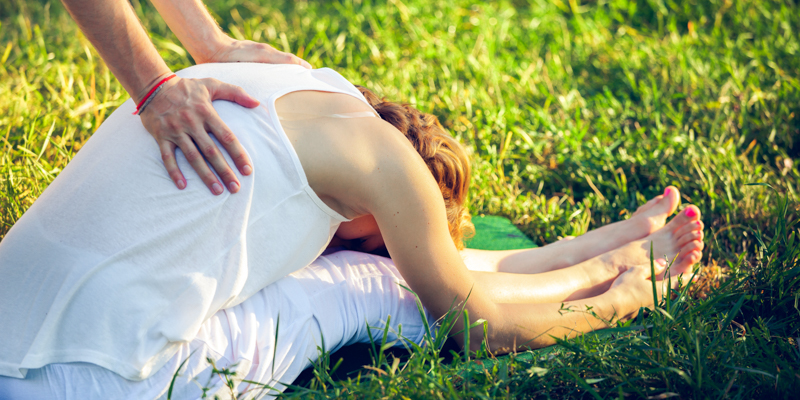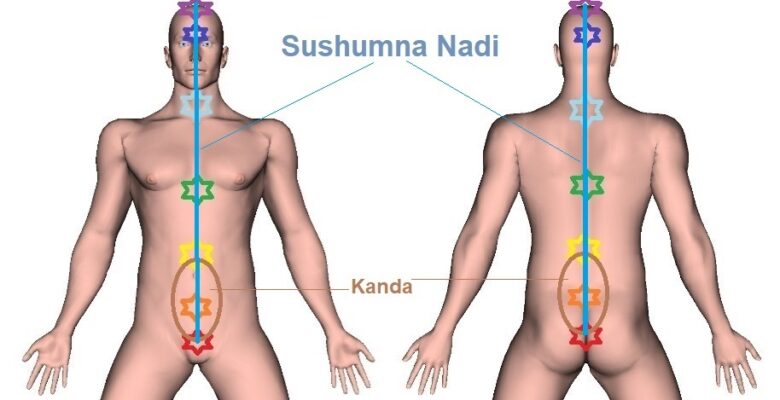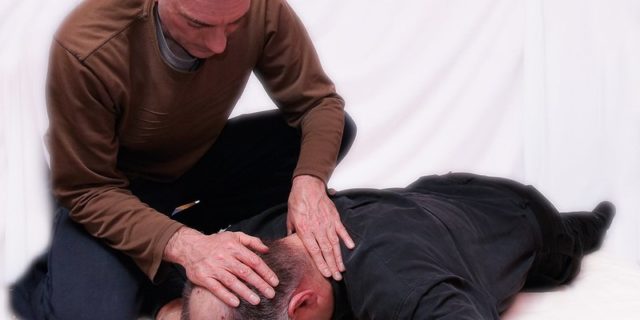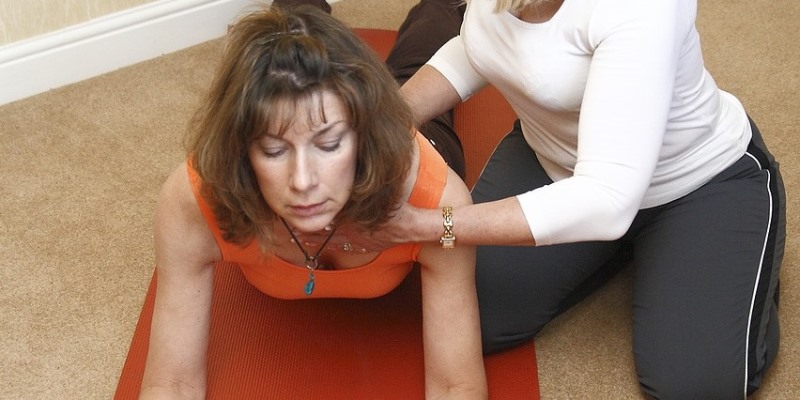
In Restorative Yoga one carries out Yoga poses that are held much longer than usual. These poses (Yoga Asanas) are done with or without the help of a Yoga therapist. A session usually contains very little movement and will consist of just a small number of poses.
Often, the practitioner also uses props (such as pillows, balls, straps, blocks, or folded blankets) to support the body in certain poses and to be able to better relax the body.

Although Restorative Yoga seems to be about the same modality as Yin Yoga (long-held poses), it’s a practice specifically designed for those who suffer or have suffered from injuries, stress, or illness. Moreover, each pose is held much longer than normally in Yin Yoga, sometimes even for as long as 20 minutes.
Because of its aim to work with people who experience certain specific health conditions, Restorative Yoga sessions are tailored to the needs of the practitioner, and class sizes (when given in a group setting) are necessarily small.
There is an increasing number of practitioners who enhance their Restorative Yoga sessions with massage therapy, notably by aiding receivers to go deeper into a pose or to manipulate acupressure points (acupoints) i.e. Marma points.
Another advantage of using massage before, during, or after a session is that massage can loosen up knotted, sticky, tangled, or contracted body tissues to enable practitioners to perform a Yoga pose correctly.




